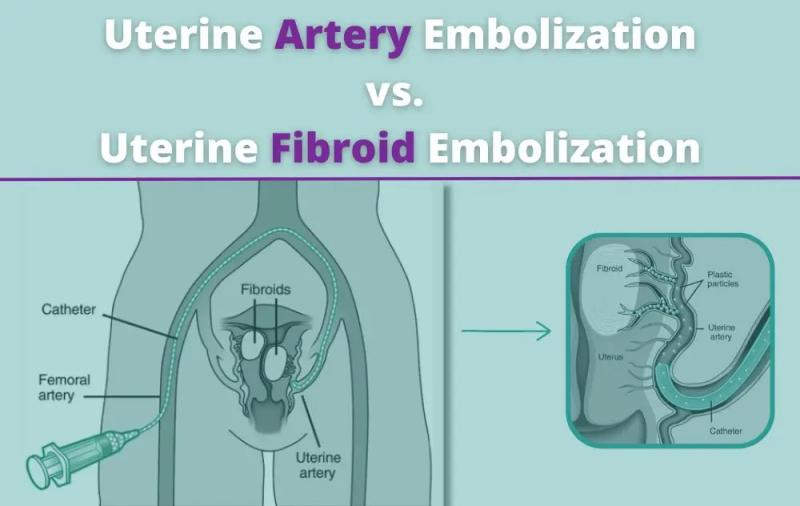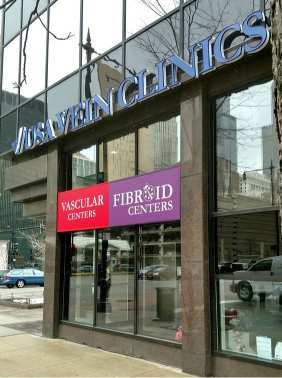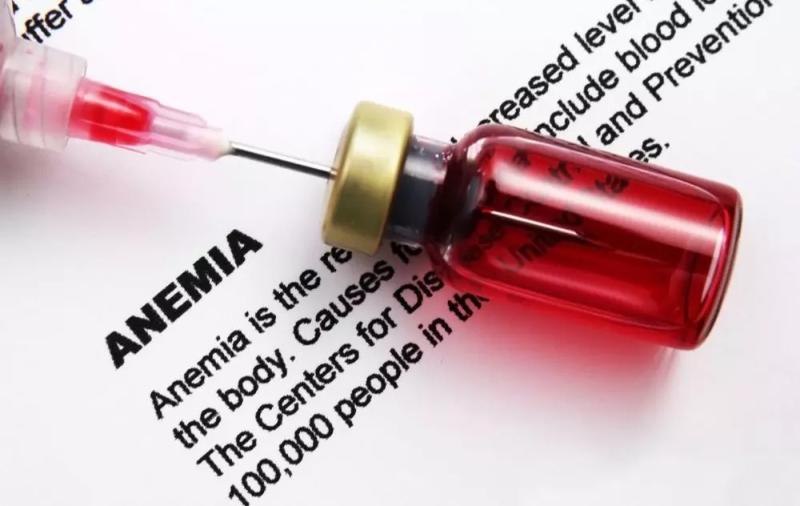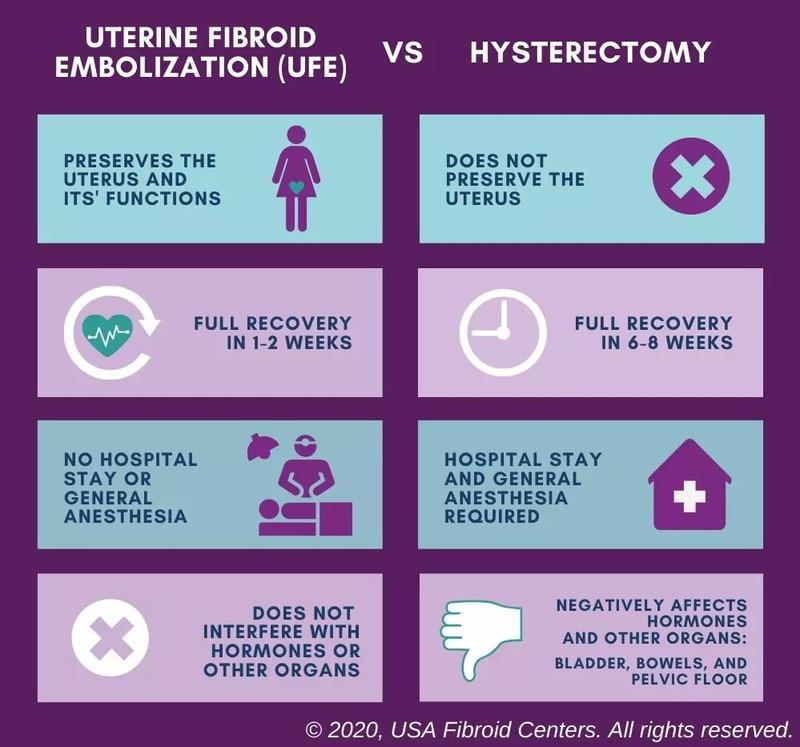The Advantages of Uterine Artery Embolization in Managing Fibroid Symptoms

Uterine artery embolization (UAE)
and uterine fibroid embolization (UFE) are both minimally invasive procedures
aimed at treating fibroids, but they are often misunderstood as the same
treatment. Understanding the difference between these two approaches can help
patients make informed decisions on managing their uterine health and treating
fibroids effectively.
What is Uterine Artery Embolization?
Uterine
artery embolization is a non-surgical procedure designed to treat uterine
fibroids and other uterine conditions. By blocking blood flow to specific
arteries, particularly those that supply the fibroids, UAE effectively shrinks
these benign growths. This technique offers women an alternative to traditional
surgery, with reduced recovery times and fewer complications.
Procedure Process
During UAE, a radiologist inserts a
catheter through a small incision in the groin or wrist, guiding it to the
uterine artery. Once positioned, tiny particles are released through the
catheter, blocking blood flow to the fibroids. Without blood, fibroids
gradually shrink and die.
Ideal Candidates for UAE
UAE is suited for women who want to
avoid surgery, preserve their uterus, and experience quicker recovery.
Candidates often include those with multiple fibroids or those experiencing
significant fibroid-related symptoms.
What is Uterine Fibroid
Embolization?
Uterine Fibroid Embolization specifically
targets fibroids and is sometimes used interchangeably with UAE, as the primary
method remains similar. UFE directly focuses on fibroid-related symptoms, using
similar techniques to reduce fibroid size and associated discomfort.
Procedure Similarity with UAE
UFE, like UAE, involves guiding a
catheter to block blood flow to the fibroids. The difference lies in targeting
specific fibroids and tailoring the procedure to each patient’s needs.
Key Benefits of UFE
UFE addresses fibroid-related symptoms
like heavy bleeding, pelvic pain, and pressure, helping patients manage their
conditions without invasive surgery. This approach is especially beneficial for
women seeking relief from symptomatic fibroids without undergoing hysterectomy.
Comparing Uterine Artery
Embolization and Uterine Fibroid Embolization
Both UAE and UFE are often confused
due to their similar methods. However, their distinction lies in their
application:
Purpose and Target
While UFE solely focuses on
fibroids, UAE can treat a broader range of uterine conditions. For women
experiencing fibroid-specific symptoms, UFE may be a better choice. UAE may be
considered when general uterine treatment is needed beyond fibroid management.
Recovery and Risks
UAE and UFE are both minimally
invasive, outpatient procedures. The recovery time is typically short for both,
though patients may experience mild pain and discomfort. Risks are minimal, but
as with any procedure, infection and minor complications can occur.
Benefits of Minimally Invasive
Fibroid Treatment
Both UAE and UFE are favored by many
patients for their minimal invasiveness. Here are some benefits:
Reduced Recovery Time
Unlike hysterectomy, UAE and UFE
require only a short recovery period. Many patients can return to normal
activities within a week.
Preservation of Uterine Health
These treatments allow women to keep
their uterus intact, which can be important for those considering future
fertility options.
Lower Risk of Complications
Compared to traditional surgery, UAE
and UFE have lower risks, as they don’t require major incisions or extensive
anesthesia.
How to Choose Between Uterine Artery
Embolization and Uterine Fibroid Embolization
Selecting between UAE and UFE may depend
on factors such as the extent of fibroids, their location, and the patient's
symptoms.
Symptom Evaluation
Women with fibroid-specific symptoms
might find UFE more suitable, while UAE could be beneficial for those with
other uterine conditions.
Consulting a Specialist
Consulting a fibroid specialist can
help determine the most suitable procedure based on individual needs and health
history.
Preparing for UAE and UFE
Both procedures require minimal
preparation. Here’s how to prepare:
Medical Evaluation
A specialist will evaluate the
patient’s health and review any necessary imaging. This step ensures that UAE
or UFE is the right choice.
What to Expect Post-Procedure
Patients are usually advised to rest
for a few days after either procedure. Mild cramping and discomfort are common,
but these symptoms subside quickly.
Effectiveness and Long-Term Results
Both UAE and UFE are highly
effective in shrinking fibroids and managing symptoms. Studies show that the
majority of patients experience significant symptom relief within months after
treatment. Long-term results indicate that these treatments are effective for
years, though new fibroids may occasionally develop.
Risks and Complications of UAE and
UFE
Though both procedures have high success
rates, there are potential risks:
Post-Embolization Syndrome
Some patients may experience
flu-like symptoms, known as post-embolization syndrome. Symptoms include fever,
pain, and mild fatigue, typically lasting a few days.
Potential Need for Future Treatment
In rare cases, some patients may
require additional treatments, particularly if new fibroids develop or if
symptoms recur.
Cost Comparison: UAE vs. UFE
The cost of UAE and UFE varies
depending on location, insurance coverage, and facility. Typically, insurance
policies cover both procedures, as they are medically necessary treatments for
fibroids. Consulting with healthcare providers on pricing can provide a clearer
understanding of potential costs.








Comments